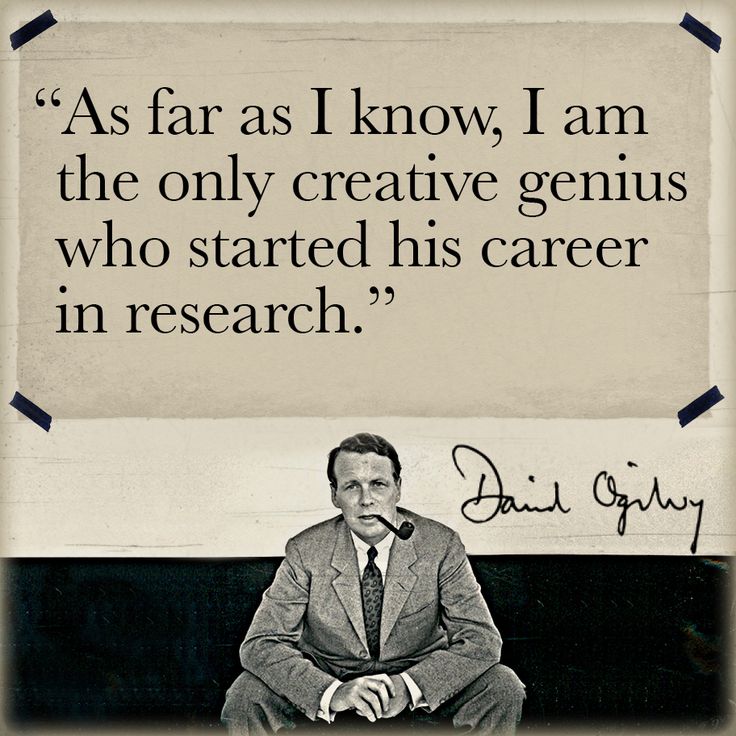 I had a fleeting conversation yesterday with one of my favorite colleagues (and ex-employees) who is a skillful young media planner and buyer with a fairly big agency serving a lot of very nice clients.
I had a fleeting conversation yesterday with one of my favorite colleagues (and ex-employees) who is a skillful young media planner and buyer with a fairly big agency serving a lot of very nice clients.
Out of curiosity I asked her what she found to be driving most of the client campaigns in her agency these days – the creative or the media. Thoughtfully or perhaps coyly, she replied: “Well…”
And so it goes in the agency business.
But the question remains: what should and what does come first in the campaign development and deployment process: research and strategy, creative or media planning?
I think I could successfully argue that in fact their is an appropriate and logical order. Research and strategy development should be first; it is the foundation of every (or almost every) great campaign. It ensures we understand the goals, the situation, the challenges and opportunities, the strengths and weaknesses, the competition and the target audiences. But once the foundation of the plan is in place, I could argue both creative and media as the next step, leaning toward creative as the most logical next base to touch.
But any experienced agency employee can tell you that things rarely proceed in a logical or orderly fashion.
Sometimes a great creative spark will light a fire before you’ve even left the client planning meeting – before the research even gets started. And that idea flame can grow so big, so hot and so fast that it just consumes and drives the entire campaign. Likewise, a unique media opportunity can sometimes override all logic and lead the way from start to finish. But both of these are examples of reverse engineering at best… the cart is leading the horse. And that’s not to say it won’t work, just that it is unconventional and less likely to work as well.
Of course, there actually is a better solution, but it is one that is most often ignored in the agency industry. Despite all the proclamations about “integrated marketing,” the vast majority of agencies continue to cling to legacy practices that involve silos reflective of an Iowa cornfield.
Nonetheless, the ideal approach and likely the best approach to any campaign development demands equal representation from strategists, creatives and media. Everybody at the same table – ideally with the client – working together.
But Jim, wait, isn’t David Ogilvy famously quoted as being in total opposition to committees? Yes he is. But let’s be real. Fifty plus years ago, media was a much more simplistic aspect of marketing – broadcast or print… radio, TV, newspaper or magazines… and half of those options were off the table because of budgets. Plus, and this is the good part, David Ogilvy was both a research strategist and a creative (and I am pretty sure his ego convinced him he knew as much about media as anyone else), so when he sat at a table alone, he was a committee. Finally, consider that David Ogilvy also would have preferred that most women just stay home and care for their children. Times change.
If you are a good agency that has hired and trained good people – smart people – then why wouldn’t you bring them together from the start to contribute throughout the entire planning process? Working together, or even fighting and arguing together, they can forge a campaign that really works… a plan that gets results.
After all, this is not about creative winning or media winning or strategy winning. In the agency business, what really comes first is the client. And the best way to meet all your clients’ needs is to get all your people working together. Silos are great for separating and storing corn and grains and other bulk materials, but not agency people.


